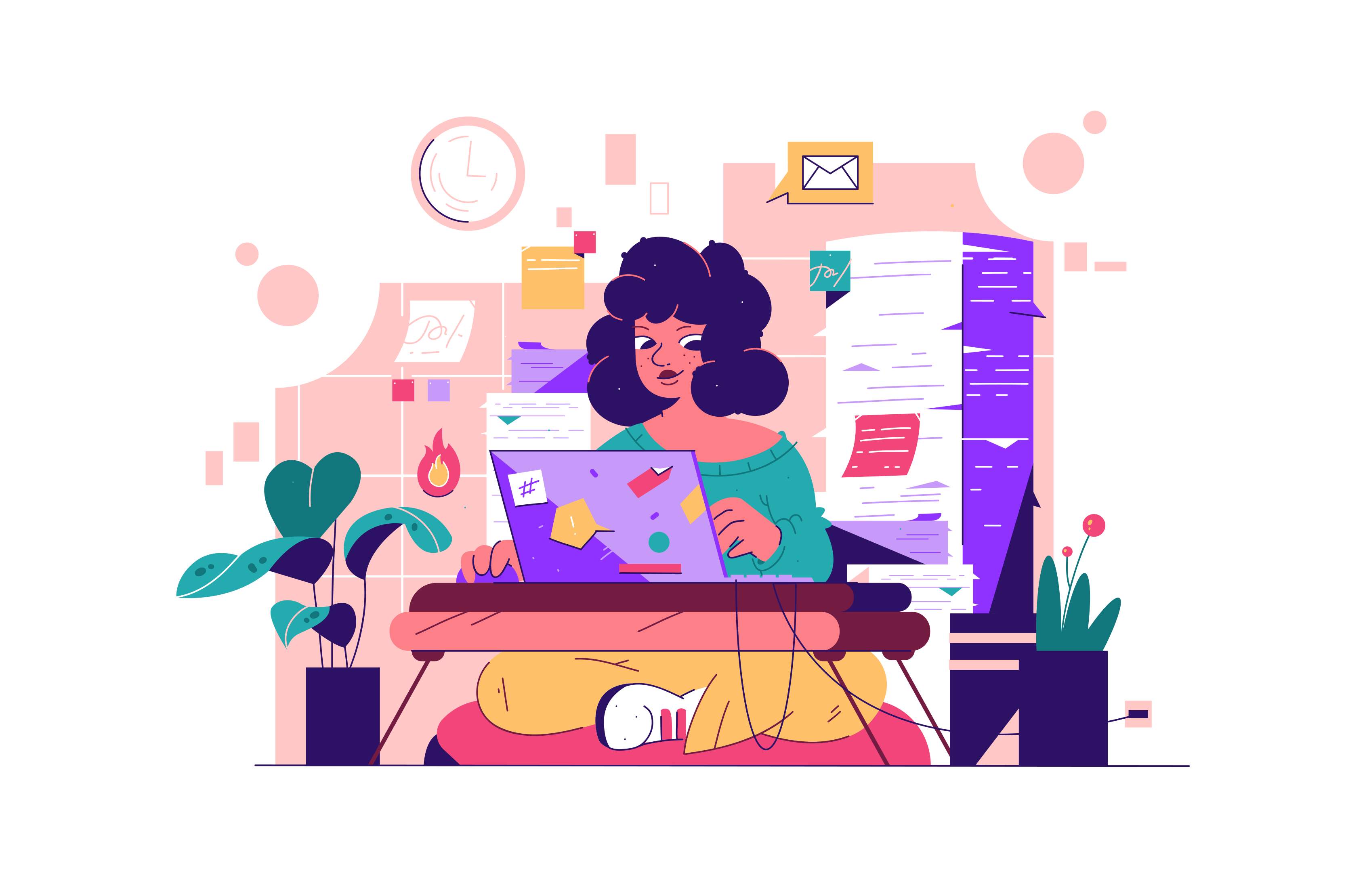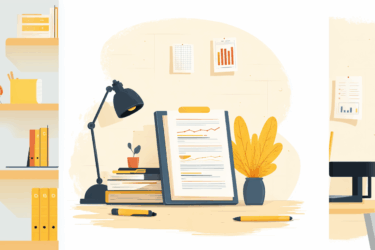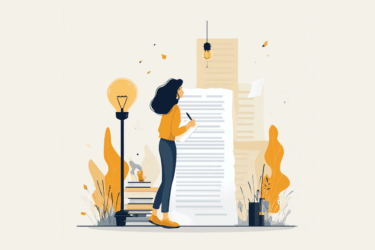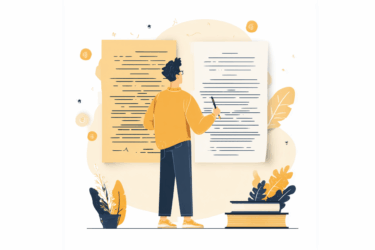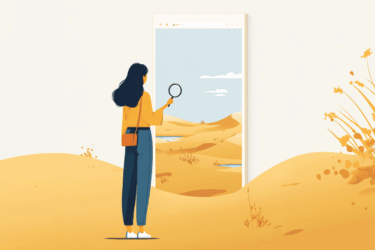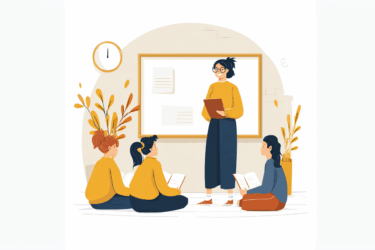Just as a mosaic consists of dozens of beautiful pieces, a mosaic-plagiarized work comprises details taken from different authors. However, the result is not that elegant – if we check plagiarism in the new artwork, the picture won’t be original. Why does mosaic plagiarism cause problems, and are there ways to avoid it? Let’s decompose it into tiles.
Mosaic (or patchwork) plagiarism
Mosaic, or patchwork, plagiarism is not only the one with the most colorful name but also one of the trickiest types of copying. It’s easy to confuse mosaic plagiarism with paraphrasing; patchwork plagiarism can occur unintentionally, and detecting this type of cheating may be challenging.
Plagiarism occurs when we take someone else’s writing, whether ideas or whole phrases and passages and use it in our work without crediting the author. When we do so, the reader automatically believes all the expressed conceptions to be our creative work, which is dishonest towards the real author. The described outcome is why plagiarism is severely condemned in academic, professional, and creative communities, and plagiarism-related cheating entails drastic consequences.
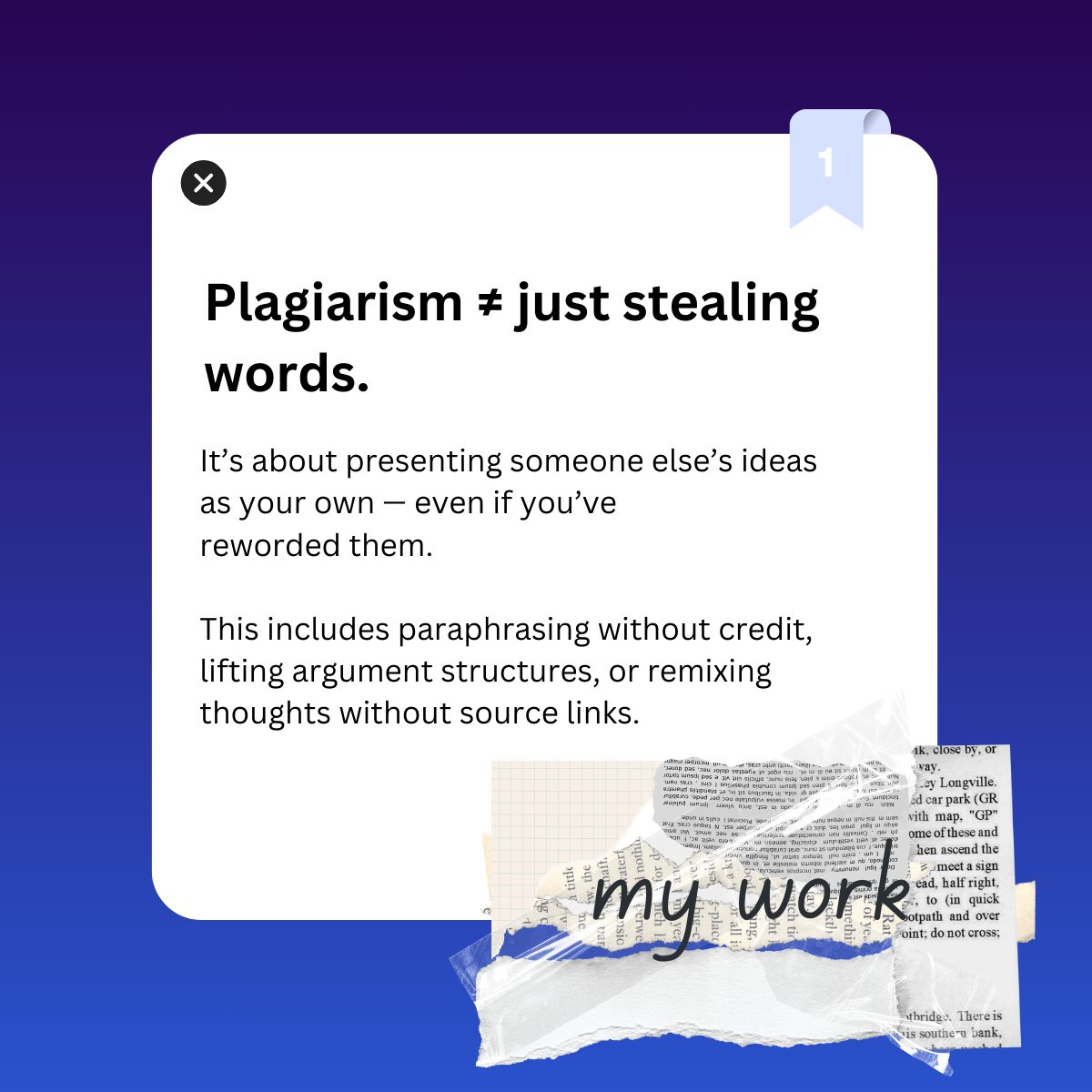
Mosaic plagiarism is knotty, as, unlike the cases of direct copying, we don’t take someone’s content verbatim. We compose the new text as a mosaic, taking different concepts and phrases from here and there, changing the structure of the paper, and choosing synonyms for the words used in the original. The outcome looks different from each and every piece we’ve incorporated, but does this make it authentic? The answer is no.
Why does mosaic plagiarism occur?
- Most often, students confuse it with paraphrasing and think combining texts from different sources is actually the way to craft an original piece.
- Sometimes, compiling parts of different stories and replacing words with synonyms is a deliberate attempt to cut corners and hide a lack of research and personal contribution.
- Unintentional mosaic plagiarism may happen when the person is unaware of taking ideas or language constructions from copyright-protected sources, taking them for common knowledge or their original insights.
- Mosaic self-plagiarism occurs when someone uses their already published material without crediting or when the student weaves a thesis already submitted for other assignments into new works.
What is the difference between mosaic plagiarism and proper paraphrasing?
- Crediting the sources is a crucial detail in our puzzle. We can refer to someone’s works, quote them, and use their ideas to ground our own; we must, however, cite all the sources and attribute everything that has influenced our work. Otherwise, we commit plagiarism.
- The original contribution is another key. It’s okay to paraphrase someone’s work, mentioning the author, but this citation needs to be used to empower our vision, not replace it. If we do research, draw conclusions, write about it, and add some attributed thesis, it will be a well-grounded paper. If we take thoughts from various papers, paraphrase them a bit, and merge them into one, it will be mosaic plagiarism.
AI plagiarism – a new issue to address
In a way, mosaic plagiarism is what AI tools do to generate the texts. Chat GPT, Gemini, and other chatbots never create anything from scratch. What they do is analyze and compile the existing content, making the output sound novel – but it’s not really original.
Think of it as the mosaic details being mixed and combined into a new picture – the ornament may look different, but the details are still the same! To change their essence, you need to bring new tiles to the composition, which are your original ideas.
So, here is the biggest trap of AI-generated content: while it is tempting to take the output for a unique piece, it can be used only as guidance for the creative process, not as ready-to-publish text.
Moreover, a plagiarism detector can often flag AI-generated content as not original, let alone that AI writing itself may violate the academic norms, and Chat GPT checker will uncover the cheating.
How to evade mosaic plagiarism
- Add unique details to your mosaic. Personal examples, conclusions, and insights are something only you can bring to the paper!
- Cite, attribute, respect. Mention the author even if you don’t quote the source word-for-word. Use the institution’s guidelines and a free Citation Generator to make the job easier.
- Moderate. Keep a balance between relying on your sources and independent thinking – after all, your work is your creation, not a collection of quotes!
- Use Chat GPT for inspiration, but never ask it to write your work instead of you.
- Always cite your sources, even if you refer to your own published ideas.
- Check your paper for plagiarism before publishing or submitting it to ensure it doesn’t contain unintended mosaic plagiarism.
PlagiarismCheck.org is here to help with any originality-related matters! Check for plagiarism in Google Docs or on your LMS. Detect AI , get citations, correct the mistakes, and uncover the new heights your writing can reach. Try it for free now!
